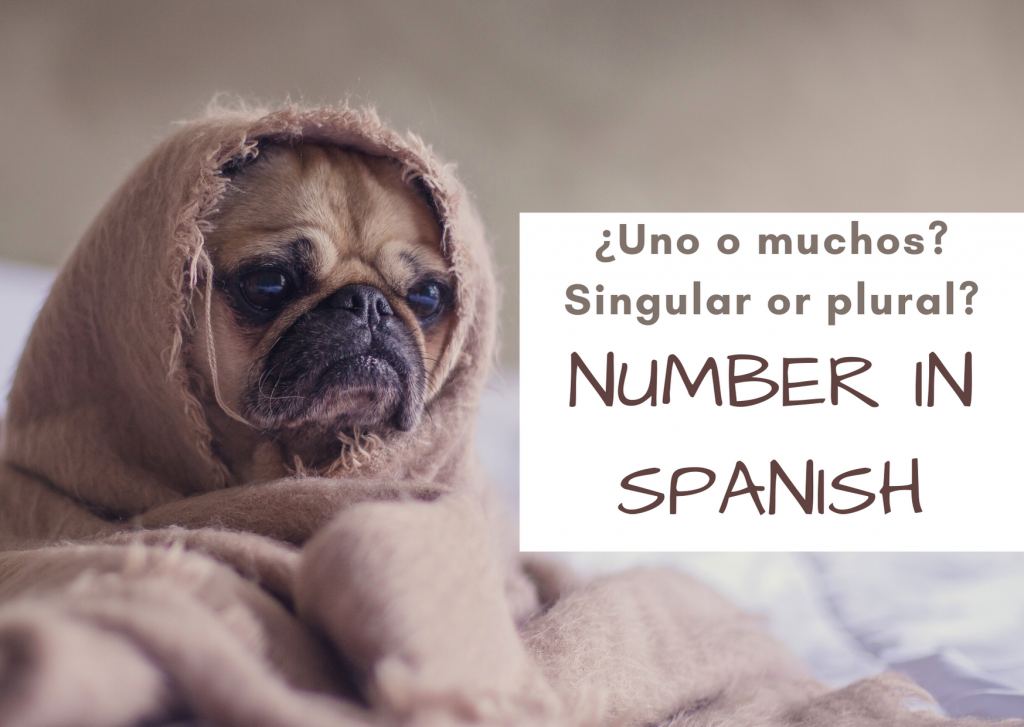
As in English (and in any other language), grammatical number can be singular or plural.
Singular: refers to a single being or object
Plural: refers to various beings or objects


You already speak spanish (and you don’t know it)
►Learn 9000 new spanish words
►You will need less than 2 hours to learn them!
This difference is made in a very simple way. The singular hasn’t any specific ending ( desinence). The plural has the endings ( desinences ) -s or -es.
We add -s in nouns that end in unstressed vowels. Also, we add -s in nouns that end in stressed vowels -á, -é, -ó
Singular: casa, coche, gato, sofá, café, dominó
Plural: casas, coches, gatos, sofás, cafés, dominós
We add –es in nouns that end in stressed vowels -í, -ú. Also, we add -es in nouns that end in consonant.
Singular: iraní, tabú, árbol, dos, tres, cáncer
Plural: iraníes, tabúes, árboles, doses, treses, cánceres
Some nouns are always singular: cénit, caos, sed…
Some nouns are always plural (very few): víveres, nupcias…
Some nouns use the plural to name a single object consisting of two parts:
gafas – anteojos – prismáticos
Adjectives and article always agree with the number of the noun:
El gato blanco (S)
Los gatos blancos (P)
El árbol grande (S)
Los árboles grandes (P)
Nuestro canal de Telegram: t.me/spanishfornomads

